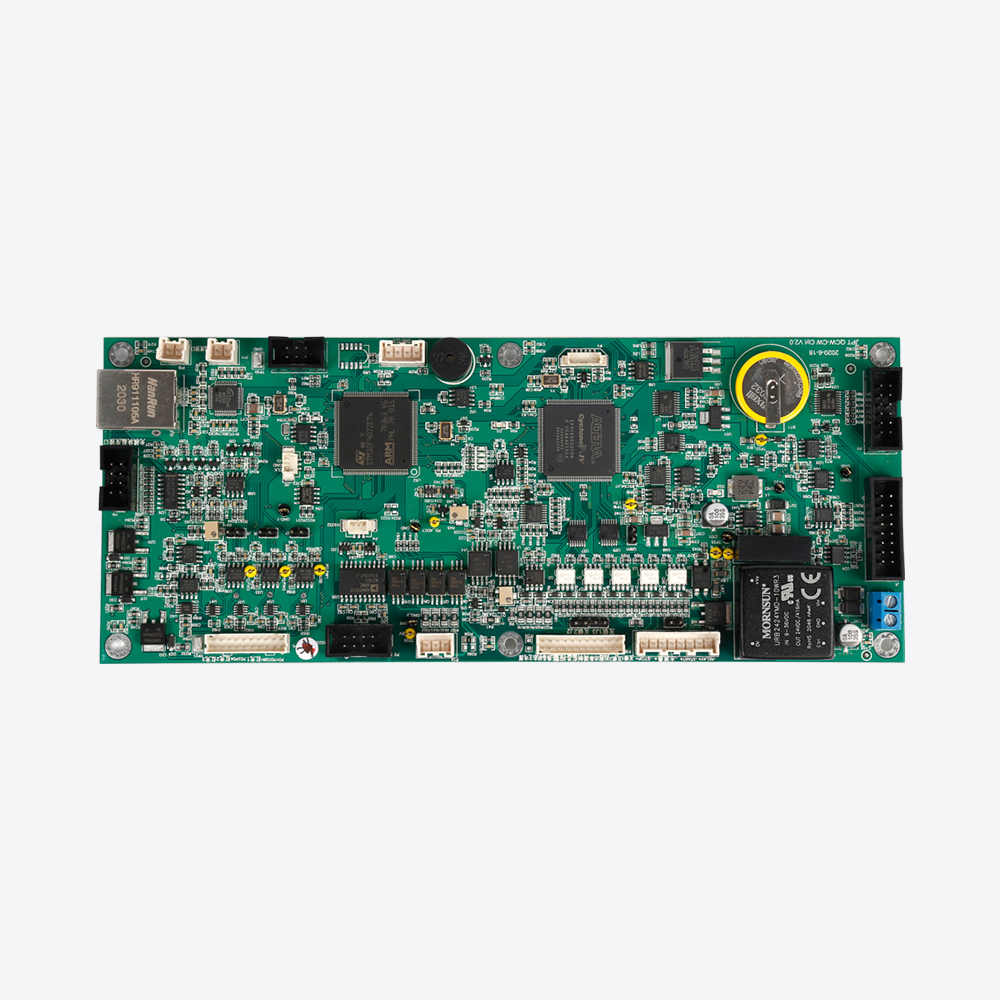Time:2022-07-19 Visit:
1. Definition of solder mask
Essentially, the delineation provided by any EDA tool is incorrect; the CAM vector file specifies deviations from an assumed continuous surface. So far, the solder mask process has been in the form of a subtractive method. SUSSMicroTec has developed the front-end JETxSMFE to run on a CAM workstation to simplify the manufacturing process. The software interprets all relevant information and is able to properly manage the details of incoming files.

2. Advantages of inkjet solder mask process
One of the advantages of the inkjet solder mask process is that it avoids filling any holes or vias. Some in the industry may not be able to do full "masking". Nonetheless, there is a general consensus in the industry that solder mask-free vias improve PCB reliability. Due to manufacturing practice, unmarked drill holes may still have solder mask applied, which can result in ink on the print table. This is not a big problem, as the scraper can easily remove excess solder mask ink and also replace the bench or its substrate (if present). However, both solutions result in brief downtime. Long story short, if you want the production floor to work smoothly, be sure to include all drilling requirements in your design.
3. Solder mask bridge rules
Soldermask traces on the laminate separate the two nearby copper pads. This graphic represents non-soldermaskdefined (NSMD) pad design choices. However, this choice has several limitations, resulting in an artificial need for narrow solder mask dams. Start with the numbers: imagine two pads, 200µm apart, nothing special. What is the maximum size of the solder mask bridge between these two? Assuming an LDI process is used, its dimensions come from the latest constraints in applying the technology. This 200µm pitch decreases with the laser beam width plus twice the alignment accuracy (down to 100µm). Any more challenging pad distances will also make defining solder mask bridge rules more difficult.
Based on this reasoning, many of the requirements for building solder mask bridges of 50µm or less with traditional techniques seem reasonable. So what to do with inkjet printing? Does it add to the final 1 micron challenge? No, instead, it challenges the original design choice and sparks debate: soldermask-defined (SMD) pads or NSMD pads? Neither. Instead, it is a pad-defined solder mask (PDSM). However, this acronym has not been confirmed by the industry, so a Google search will not work. Inkjet printing is a volume-driven coating technique, which means that filling gaps is possible and even encouraged.
4. Define the thickness
Controllable thickness means the relationship between coating conformality and flatness independent of surface morphology. Which thickness design scheme is more suitable for solder mask requirements? PCB designers need to understand exactly what solder mask does. "Inkjet Upgrade" sums up the basics: while copper without soldermask oxidizes, laminates don't; high voltage copper traces without soldermask can cause shorts, but bare laminates don't, so laminates Solder mask is not required. The reasons for current solder mask coatings are convenience (less developer use) and to provide support for any stencil frame. The first problem is no longer a problem because inkjet does not use developing chemicals; the second is more attractive, shapeable grids or arrays, significantly reducing coating material, providing the same support.